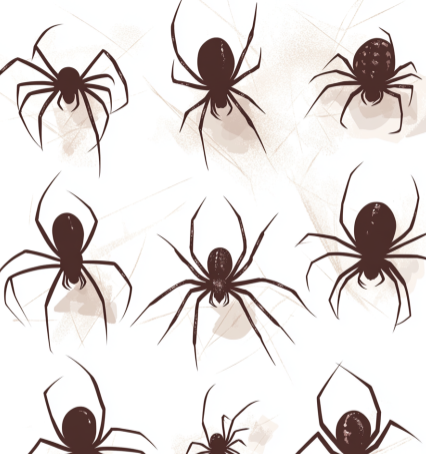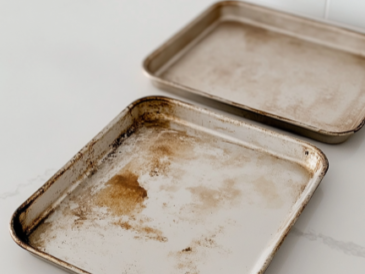Spiders are one of the most common arachnids found in homes worldwide. While many people may feel uneasy around them, it’s important to recognize that not all spiders are harmful. In fact, most play a critical role in keeping insect populations in check. In this guide, we’ll explore the nine most common house spiders, their characteristics, and provide practical advice on how to manage them in your home.
Overview of House Spider Habits
House spiders tend to be more active during warmer months, often coming indoors in search of food and shelter. Most species spin webs to catch their prey, while others actively hunt. Understanding their habits can help homeowners effectively control spider populations and keep their living spaces free of webs.
1. American House Spider
Also known as the common house spider, this species has a round, brownish body with distinctive patterns. Females are typically larger, with abdomens measuring 5-10mm. They weave irregular, tangled webs, often in corners of ceilings, basements, and windows.
Managing American House Spiders:
- Regularly clean and declutter areas where they are commonly seen, such as basements and attics.
- Seal cracks and openings around doors and windows to prevent entry.
- Use a vacuum to remove webs and spiders for a quick and effective solution.
2. Common House Spider
The term “common house spider” encompasses various species found in homes. These spiders are small, with brown or gray bodies and markings that help them blend in. They often spin webs in undisturbed areas, such as corners or behind furniture.
Controlling Common House Spiders:
- Maintain regular cleaning habits and minimize clutter.
- Use a broom or vacuum to remove webs and egg sacs.
- Natural repellents like peppermint or eucalyptus oil can help deter them.
3. Brown Recluse Spider
This spider is infamous for its violin-shaped marking on its back. It has long legs and is typically found in dark, undisturbed spaces like closets, basements, and attics.
Safety Tips for Brown Recluse Spiders:
- If you suspect an infestation, contact a professional exterminator.
- Wear gloves and long sleeves when cleaning areas where they may reside.
- In case of a bite, seek immediate medical attention as their bites can be dangerous.
4. Black Widow Spider
Black widow spiders are recognizable by their shiny black bodies and the red hourglass marking on their abdomen. They can be found in dark, cool places like garages, basements, and woodpiles.
Handling Black Widow Infestations:
- Exercise caution, as their venomous bite can be harmful.
- Contact pest control to handle infestations safely.
- Keep your home free of clutter and regularly inspect dark areas like basements.
5. Wolf Spider
Wolf spiders are large, hairy, and active hunters, meaning they don’t spin webs. They are usually brown or gray with distinct markings and are often seen scurrying on the ground.
Preventing Wolf Spider Presence:
- Keep your yard tidy and seal cracks and gaps around windows and doors.
- Inside the home, reduce clutter and vacuum regularly to remove any spiders.
6. Yellow Sac Spider
Small and nocturnal, yellow sac spiders have pale yellow bodies. They hide in silk sacs during the day, often found in corners of walls or in houseplants.
Controlling Yellow Sac Spiders:
- Focus on regular cleaning, especially in corners and near ceilings.
- Seal entry points around windows and doors with caulk.
- Sticky traps can be effective for capturing them, especially since they can be aggressive.
7. Jumping Spider
TO CONTINUE READING THE ARTICLE, PLEASE SEE PAGE “2” BELOW




